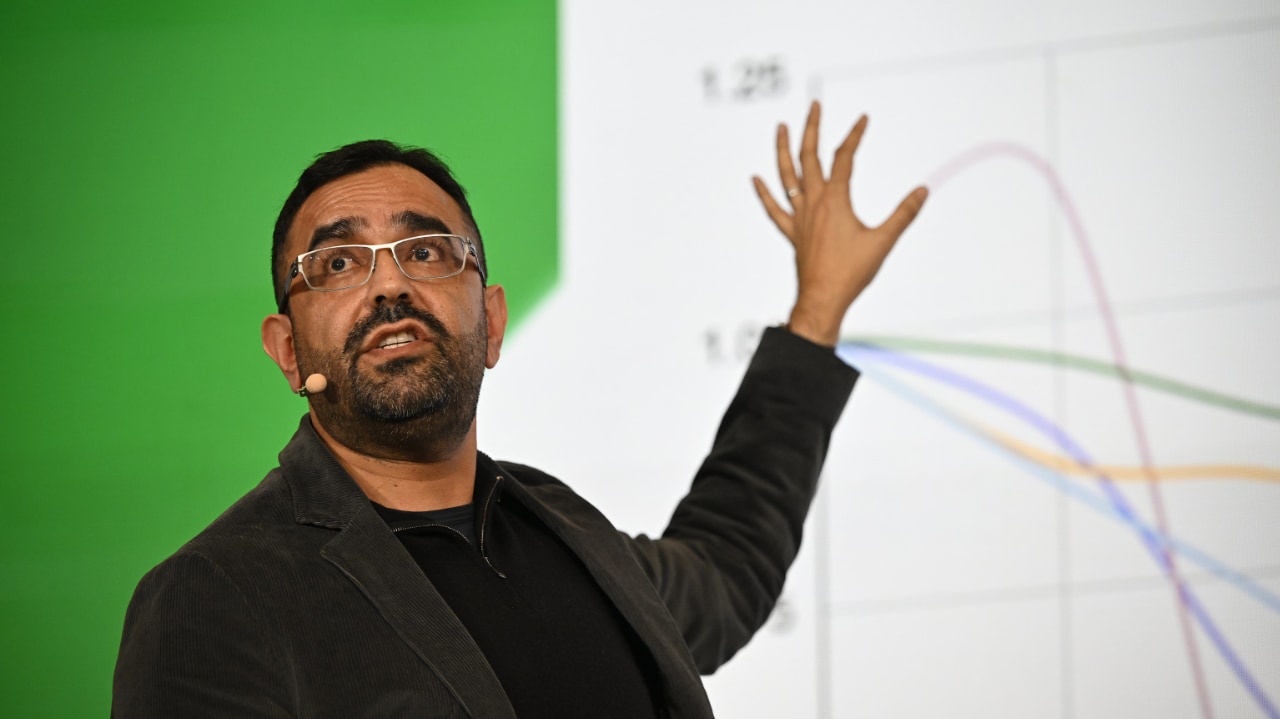What makes the digital age so special? Where will the rapid speed of change have the most impact? In this whirlwind presentation, peppered with charts and graphs, author Azeem Azhar (Exponential View) offers a fascinating analysis of where the global economy stands today – and where it’s likely to go tomorrow.
Technologies are getting exponentially cheaper over time, Azhar observes, pointing to declining cost of genome sequencing, computing, battery storage and solar panels. In contrast, commodities like oil and gas do not follow the same rule.
As a result, “I can tell you what will happen with solar electricity pricing for the next 20 years”, Azhar says. “It’s going to come down… But you can’t make that prediction with the volatility of gas and oil.”
Another important dynamic to understand is that new technologies “will displace, sometimes complement, but often substitute previous technologies”, Azhar observes. Such technology transitions “happen really quickly”. It took PCs less than 15 years to replace typewriters, and for cars to replace most horse-drawn buggies.
“And the key thing is that technology transitions do not follow a linear pattern”, Azhar points out. “They follow an S-curve.”
Many observers fail to notice market disruptions at first because the transition begins “slow and boring” before speeding up, resulting in an exponential transition, then slowing down again.
Watch the video to learn what this means for the automobile industry, policy makers and power shifts in industry and politics worldwide.



